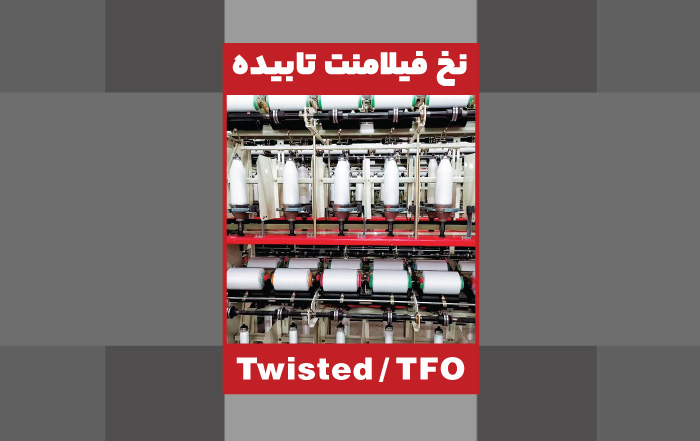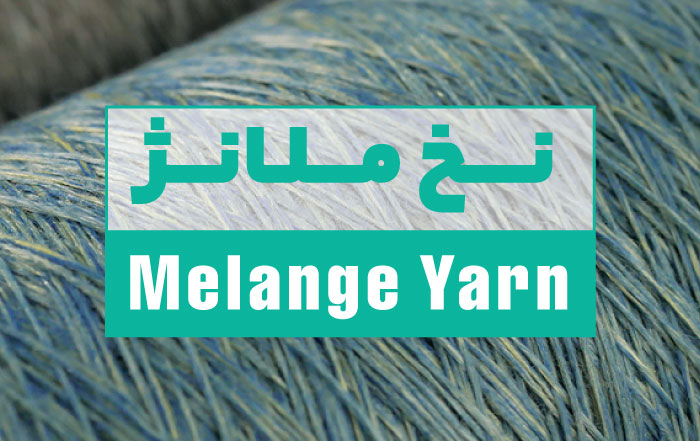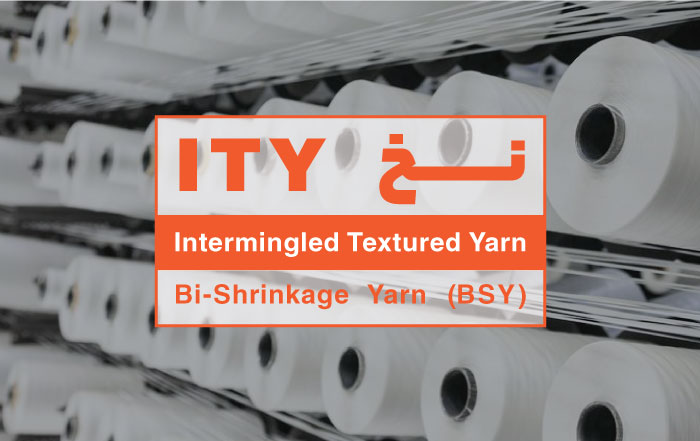In this article, we will examine Lycra or Spandex yarn. Lycra is a synthetic fiber that was produced by DuPont in 1958. Lycra is also known as Stomer or Spandex. In its research, the company was looking for ways to produce fibers that have the elastic properties of rubber but at the same time can be used in the textile industry. Plans to commercialize and adopt the Lycra trademark were announced in October 1959.
The fiber component in Lycra is a long-chain synthetic polymer. This molecular chain consists of at least 85% polyurethane. This means that 100% of the elasticity of Lycra is synthetic and does not contain any natural rubber. Lycra is technically called segmented polyurethane, which consists of soft or flexible parts that are connected with hard parts.
Features of Lycra:
It is stretched 4 to 7 times its original length and then returns to its original length.
It can be repeatedly stretched and released.
Stronger, more durable and higher tensile strength than rubber
Light, soft, smooth and flexible
In clothing, it provides a combination of comfort and shape retention and prevents sagging
can be dyed
Resistant to decay by perspiration, lotions and detergents
Abrasion resistant
Available in finenesses from 10 to 2500 denier.
How to use Lycra
Lycra is usually not used alone and is combined with natural fibers (such as cotton) or synthetic fibers (such as polyester). Lycra in Iran is usually used in grades 20, 30, 40, 70, 110, 140 and 210 denier in combination with different grades of polyester or cotton thread.
In general, the weaving method used and the type of fabric and its final use determine the amount and type of Lycra needed to ensure optimal performance and beauty. A minimum of 2% Lycra is sufficient to improve the movement of the fabric and maintain its shape, while the fabrics of garments with high elastic performance such as swimwear and sportswear with high body movements may contain 20-30% Lycra.
Lycra care:
Hand or machine wash in lukewarm water
Do not use chlorine bleach on fabrics containing Lycra or Spandex. Use oxygen bleach or sodium perborate.
Ironing should be done quickly if needed. Do not leave the iron in one position for too long and use a low temperature.
See the garment care label for specific instructions.
Some major applications of lycra yarn
The properties of lycra or spandex yarn open up new areas in fabric construction and design that cannot be achieved with conventional yarns. For example, the:
Clothing where comfort and fit are desired: tights, swimwear, aerobics and sportswear, ski pants, golf jackets, disposable diapers, belts, underwear
Protective cover: cable and hose protector
Sports clothes: cycling clothes and…







Leave A Comment